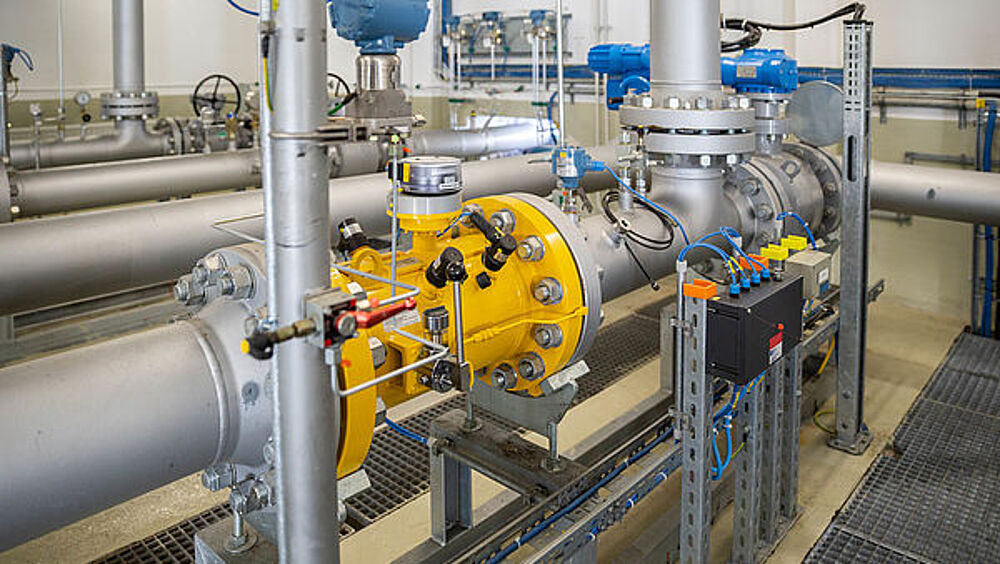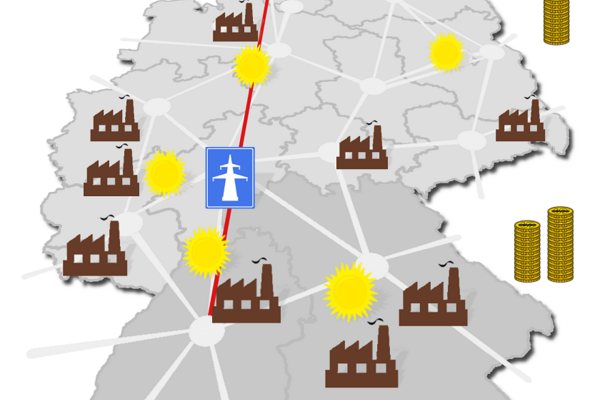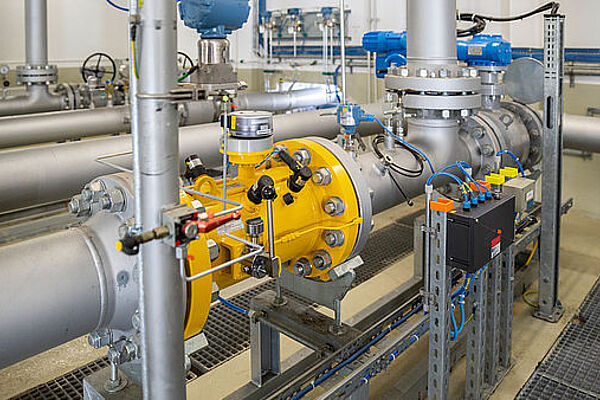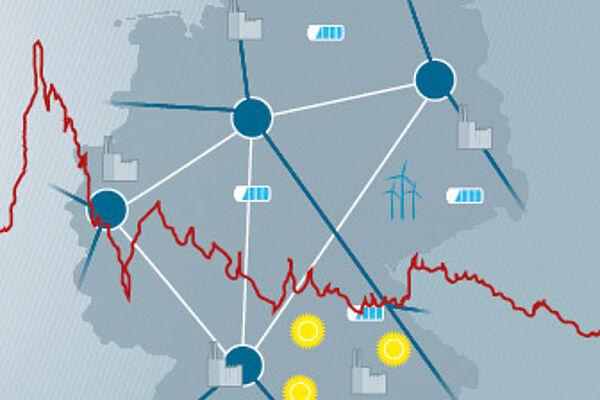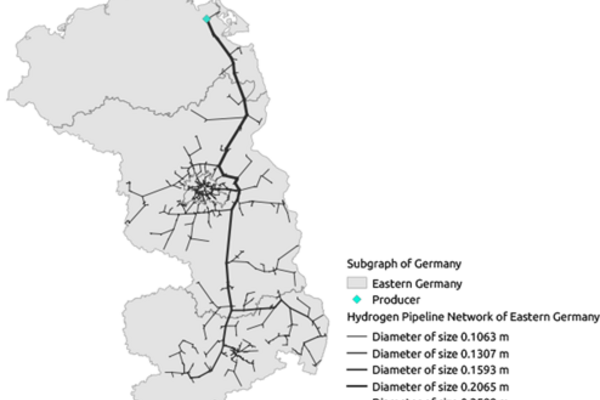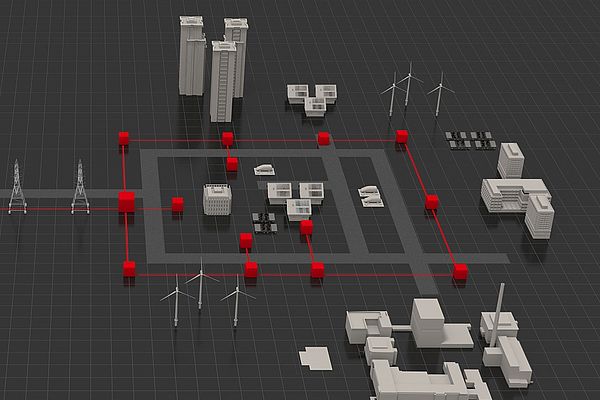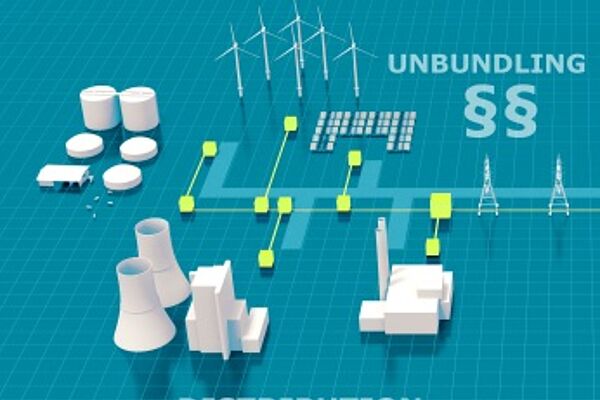Entry-Exit System and Gas Transport in Germany
In the entry-exit system, network users acquire rights (bookings) to inject or discharge gas from their market zone, while transmission system operators must ensure the operation of the gas network for all nominations consistent with these bookings. Therefore, they limit bookable capacities in order to ensure technically feasible pipeline operations. This project assesses the inefficiencies created by this limitation. As an application, we consider a stylized German gas transport network with all important infrastructures, imports, exports, and storage facilities.
What inefficiencies arise from setting technical capacities in entry-exit systems?
What is the potential welfare loss in Germany?
Does the multiplicity of optimal technical capacities put individual players in the market at a disadvantage or influence overall welfare?
Mixed-integer optimization problem
The algorithm of Hayn et al. (2017) is used to determine the set of all feasible technical capacities for a stylized German gas transport network.
Comparison of the solutions of the welfare maximization problem with and without considering technical capacities provides a lower bound for the efficiency loss due to the entry-exit system in Germany.
Already small examples show efficiency potential.
The multiplicity of optimal technical capacities can lead to individual market participants being disadvantaged in their actions, while others are preferred.
High welfare losses can occur.
Grimm, V., Schewe, L., Schmidt, M., & Zöttl, G. (2018). A multilevel model of the European entry-exit gas market. Mathematical Methods of Operations Research. https://doi.org/10.1007/s00186-018-0647-z
